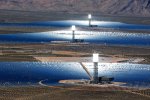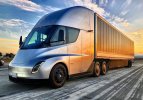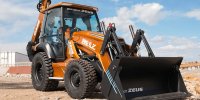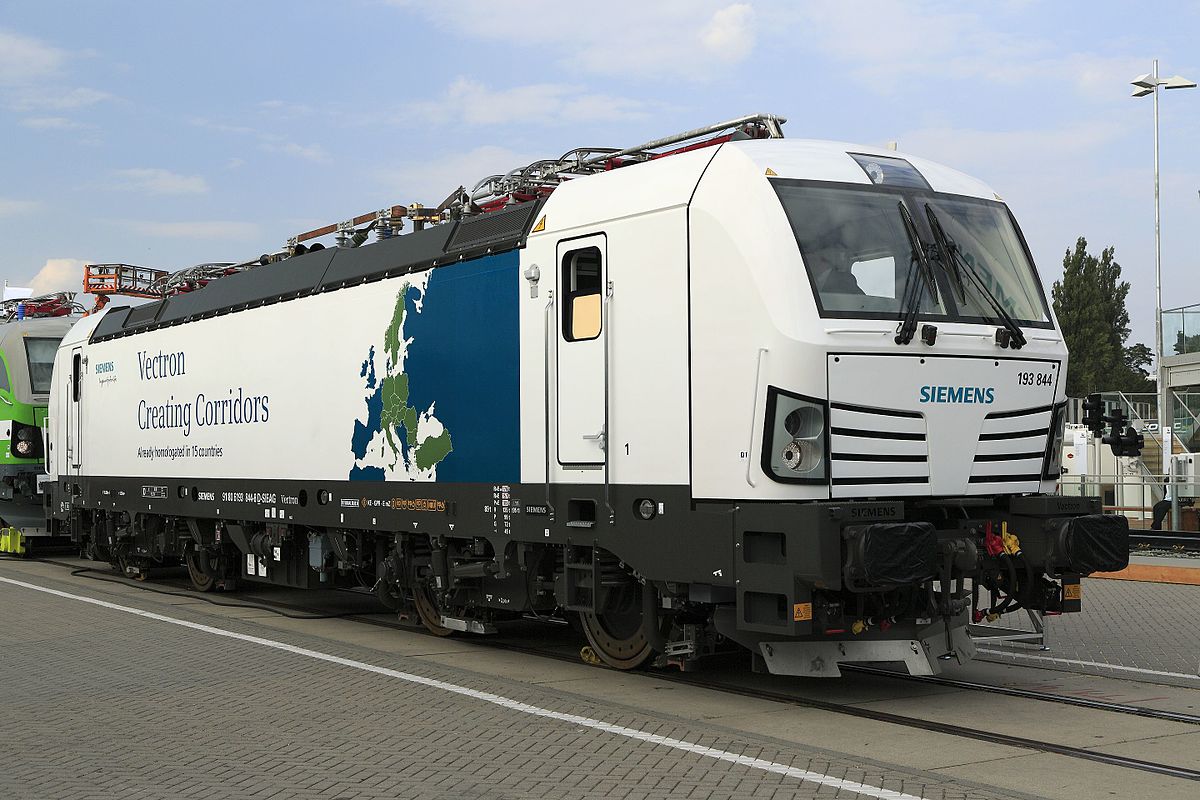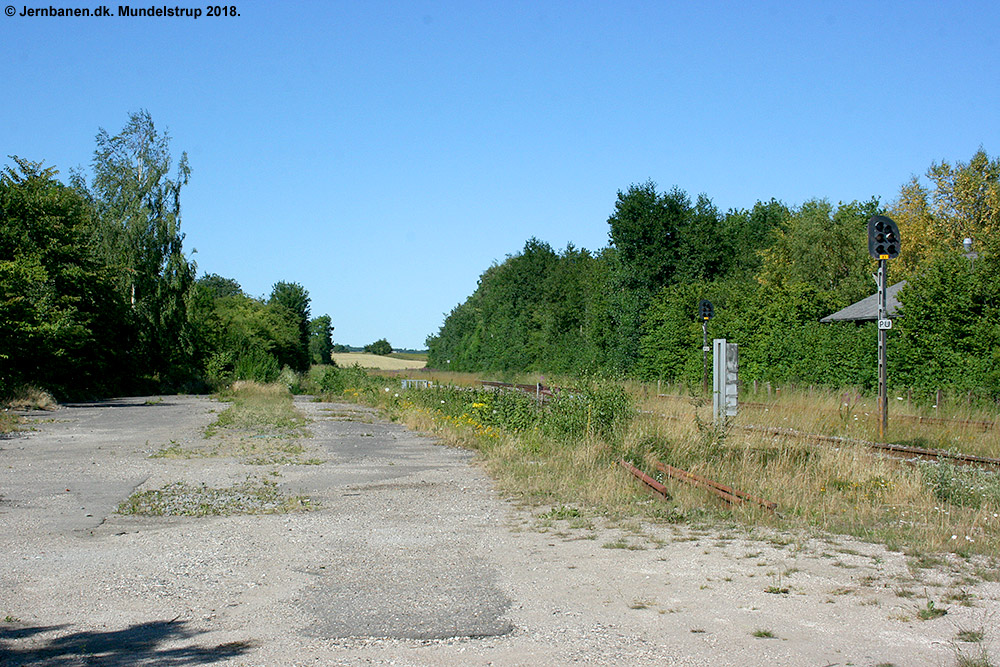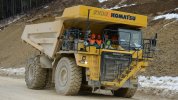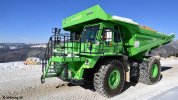Yeah last "mile" will probably have to be done by trucks, or vans when really close to destination,,,,,, maybe delivery driving / flying drones.
In the little town where i had my house, about a mile from there was a little larger town, but still down by the railroad tracks there was a loading / offloading setup, which dont look to have been used in my lifetime.
Googling it just now there actually was a station there since 1862, but it was torn down in 1972 and are now just a technical station, but it are still operational.
This is all thats left now.
There is like a ramp just outside the frame to the left, like you would see at loading docks.
Actually my birth town Aarhus, its goods terminal have also been discontinued for a long time.
Administrative building.
It is now changed to something fancy smancy arts and crafts and what not, so not a place i would go today.
Find lokale virksomheder, se kort og få rutevejledninger i Google Maps.

www.google.com
I think maybe these little stations, at least out in the country have to be reopened as smaller hubs for goods, in the big towns you of course need a bigger hub and maybe even smaller hubs within the city.



